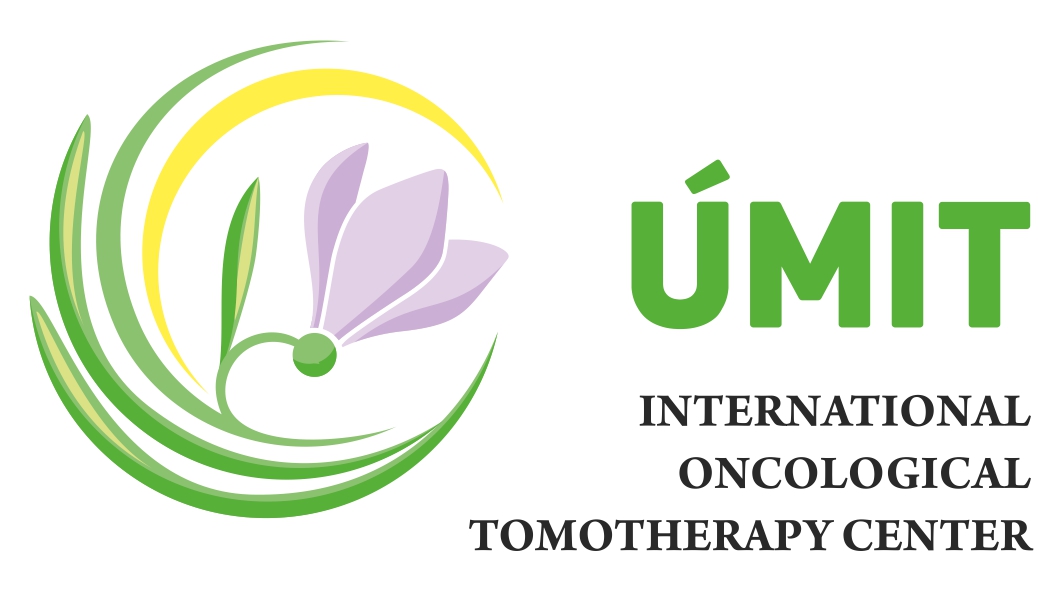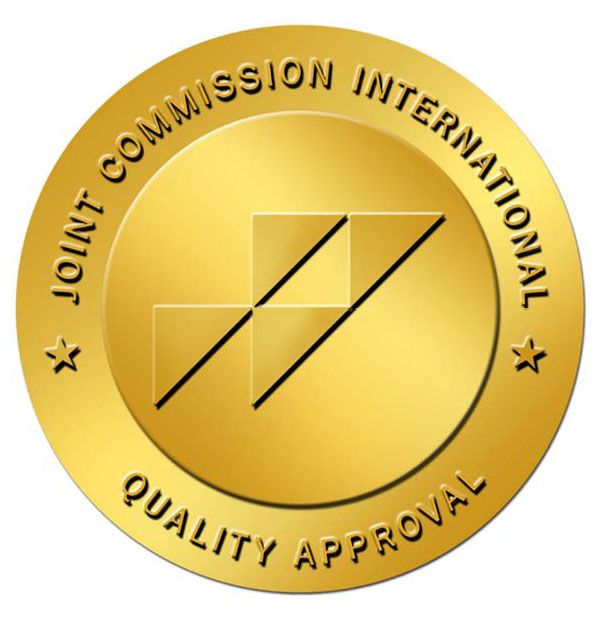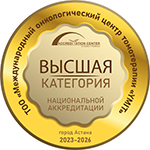Computerized tomography (CT)
The method is based on obtaining a sectional X-ray image of an organ using a computer. The X-raying of the patient's body is performed around its anterior-posterior axis, ensuring cross "sections". In computerized tomography, the cross-sectional image of the investigated object is provided on the gray-tone display screen by mathematical processing of multiple X-ray images of the same cross section taken at different angles in the section plane.
Computerized tomography allows to accurately identify the localization and progress of the pathological process, and to evaluate the treatment results. This is an accurate and modern, non-invasive diagnostic method.
A CT scanner is a modern device that consists of a large “ring” with detectors for X-ray radiation and a moving couch that slowly “drives” into this “ring” while the machine makes images of the patient organs in different projections. The technical capabilities of the machine allow examination for patients with a weight limit of up to 227 kg.
Application fields
CT images made on a computerized tomograph allow a doctor to see the internal organs, bone and vascular system of a patient “from the inside” and in different projections.
This is necessary for:
- identification of a potentially serious diagnosis (unexplained pain, fainting, suspected cancer, stroke, etc.)
- quick planning of surgical interventions in urgent cases (severe injuries, suspected cerebral hemorrhage, vascular damage, etc.)
- monitoring the treatment results and functional diagnostics of internal organs
- carrying out medical and diagnostic procedures (for example, CT-guided puncture)
Computerized tomography takes 15-20 minutes for each examined area. The conclusion is ready within 1.5 hours. Sometimes a contrast agent is injected in order to obtain clearer images. The contrast agent is absolutely safe and is excreted from the body within a few days.
Intravenous contrast CT makes it possible to obtain a clear image of changes in organs and tissues, to "see" the size and boundaries of neoplasms. Such an examination is recommended to perform for disorders of the blood supply to the brain, which is important in the diagnosis of strokes and tumors at an early stage, CT angiography, studies related to the diagnosis and quantitative assessment of vascular disorders.







 public offer
public offer














